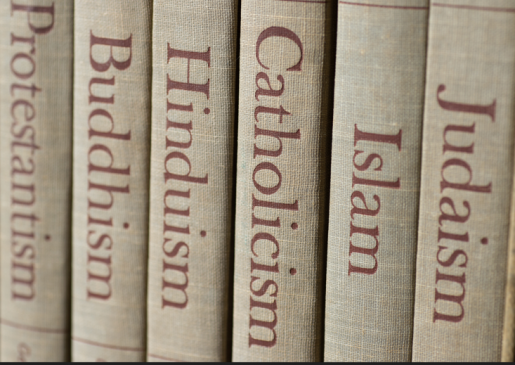Ethical issues in reproductive medicine: Hinduism and “leftovers” from IVF
Consider:
A committed and conscientious Hindu couple seeks in vitro fertilization (IVF). Six eggs are fertilized, four are implanted and two mature and are delivered. The couple is asked whether they want to destroy the two fertilized embryos, donate them for medical research, donate them to a childless (and potentially non-Hindu) couple or pay for the indefinite freezing. They are shocked with their choices since several of them conflict with their Hindu beliefs in ahimsa (non-violence).
What is the Hindu position on IVF? On the so-called leftovers (fertilized embryos)? What are the ethical responses?
This scenario raises several questions. Does “Hinduism” offer a unified position? Are there Hindu leaders who can speak on behalf of the traditions of Hinduism? Are there situations when it is permissible to engage in, or even permit, a limited kind of violence? And if so, then what are the consequences? And are they permanent or are they temporary?
Though Hinduism is often heralded as the oldest religion, broader use of the term “Hindu” is far more recent and commonly used to refer to someone’s geography, rather than their religious affiliation. Hindu was originally meant to refer to the Indus River Valley region while Hindus referred to the people who inhabited this land. The term slowly evolved into a religious one when it was used by Muslims, Christian missionaries and British colonizers and later appropriated by colonized Hindu reformers. Consequently, “Hindu” has now become how most Hindus self-identify.
Many of the beliefs and religious traditions associated with Hinduism vary significantly across the region. Thus, broad generalizations about specific “Hindu” practices and beliefs as they apply to the case described earlier would be misrepresentative. Other than the belief in karma, there are no shared texts, beliefs or doctrines in Hinduism from which to draw prescriptive guidance.
In Hinduism, prescriptions for action are one’s dharma. Dharma are context dependent and vary in terms of what varna (class) individuals involved in the action belong, their jati (caste), age, ashrama (stage of life) and gender. The impact of one’s actions manifests as one’s karma. The punya (positive) and papam (negative) karma are known when one’s actions in earlier lives affect both the rebirth and events that occur in a future life. According to Brahminical doctrine, the couple’s choice to dispose of the fertilized embryoes would surely have karmic consequences because their actions are considered violent, albeit indirectly. Their papam might be immediate and could occur within one’s lifetime or could be delayed or even gradual and occur in future lifetimes.
It may be permissible, within a Brahminical Hindu context, for the couple to destroy the “leftovers” so long as they are aware of the (temporary) consequences.
There are significant ethical issues in reproductive medicine in Hinduism. Knowing a little about Hinduism and Hindu ethics, healthcare providers would benefit from respecting the diverse beliefs in the context of western standards of care and expectations.
By Dr. Deepak Sarma, professor of religious studies and of Bioethics, School of Medicine, Case Western Reserve University
Want to learn more about this topic? Check out our upcoming Grand Rounds Nov. 9 at 5 p.m. CT on “Patient Perspectives on Reproductive Decision Making: An Interfaith Panel” featuring Dr. Deepak Sarma along with Claire Horner, J.D., assistant professor in the Center for Medical Ethics and Health Policy at Baylor College of Medicine and director of the Clinical Ethics program at Baylor St. Luke’s Medical Center, and Rabbi Pamela B. Silk, Congregation Emanu El, Member of the Central Conference of American Rabbis. Register here.



